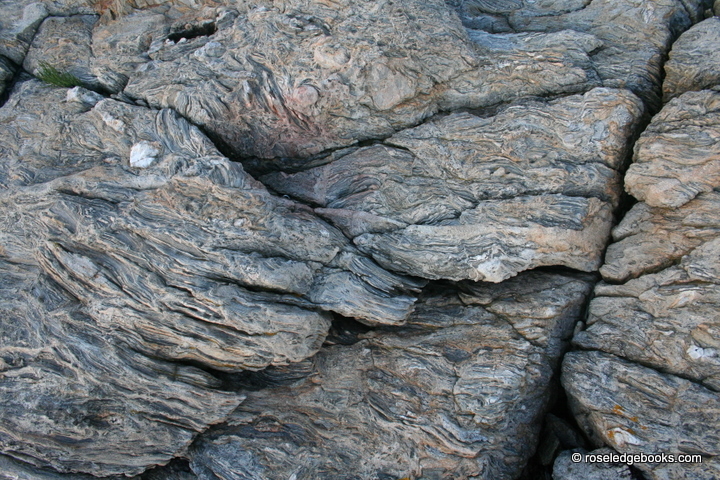*Once-asked-questions have been flooding (okay, seeping) into my email. As you all know, I hope, I answer them in the blog. So…
Question: I’m going to Paris. What’s a good mystery?
RB Suggestion: Cara Black’s series features a different Parisian neighborhood in each book. One neighborhood sometimes linked to textiles is featured in Murder in LeSentier, but any Aimee LeDuc investigation is a treat.
*****
- Hard to find pretend/Paris in the summer life/ of a Maine cottage.
*****
Question: Are there any books set in Tenants Harbor?
RB’s inadequate response is that Bert Whittier’s Alpha and Omega, labelled espionage fiction, is set in Tenants Harbor, but is not currently in print. Ann Blair Kloman’s mysteries, the first of which is Swannsong, are based in Harts Neck (or Elmore Harbor) across the harbor from Tenants Harbor.
Oldies I almost remember with at least a bit of TH, but probably no longer in print: 1) a mystery, probably from the ’80’s, featured a sailor who sailed into Tenants Harbor and was moored there for a time, but that’s all I remember. No author or title. I need help here. 2) J. S. Borthwick’s Down East Murders mentions TH twice, but mostly as people drove through it on their way to Port Clyde. May have in it a geographical impossibility. 3) George Foy’s Asia Rip may have a trip down the St. George Penninsula, but I mostly recall Thomaston. Who have I missed?
RB wishes Paul Doiron or Gerry Boyle, both of whom use movable settings in their series, would place one of their excellent adventures in or near TH.
*****
- Who could fail to find/ spooky stories in the fog/ of Tenants Harbor?
*****
Question: My book club likes good books with a mystery, but not murder-mysteries. Any suggestions?
RB Suggestion: How about starting the discussion with the following titles, then come summer, we can have fun sorting through possibilities on the RB shelves:
The Forgotten Garden by Kate Morton. “…Two women try to uncover their family’s secret past.”
People of the Book by Geraldine Brooks. “Inspired by a true story this… work traces the harrowing journey of the famed Sarajevo Haggedah a beautifully illuminated Hebrew manuscript created in fifteenth-century Spain.”
Snow Falling on Cedars by David Guterson. A suspicious drowning (technically not a murder) off an island in Puget Sound leads to an investigation with shadows of current animosities and memories of Japanese -American ill-treatment during WWII. Significant, gripping, award winner.
The Book of Air and Shadows by Michael Gruber. A maybe Shakespearean manuscript and intellectual property among other issues.
An Instance of the Fingerpost by Ian Pears. A murder in 17th C. Oxford propels the plot but not the larger purpose of this thoughtful consideration of truth. Sometimes compared to Umberto Eco’s Name of the Rose.
The Daughter of Time by Josephine Tey. May be the shortest of the suggestions and surprisingly timely is all I’ll say.
*****
- So close in mind, but/ so very far away/ until the end of May.
*****
No question ever is fully asked or answered, and isn’t that the fun! If you keep asking or noting my incompletions, I’ll keep trying.
Record cold here, but others got the snow and ice. We may hit average temps (low30’s) next week, northwest winds willing. Time to enjoy pro golf settings and think of Maine.

















